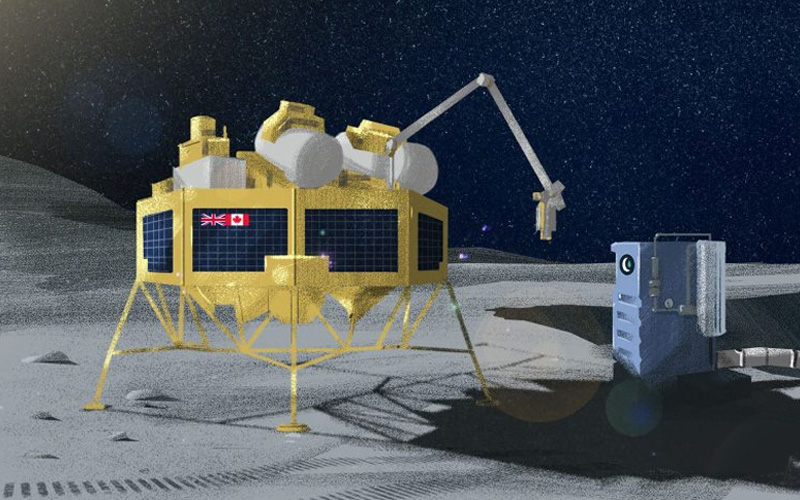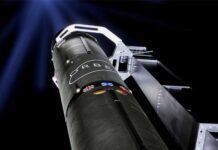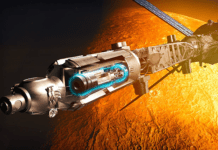
The UK Space Agency has announced the ten finalists of its Aqualunar Challenge, which aims to promote the development of systems that will enable purified water to be extracted from lunar soil.
To ensure that a sustained presence on the surface of Earth’s satellite can be built, sourcing key resources like water from the Moon itself will be key. Around the lunar South Pole, it’s estimated that as much as 5.6% of the soil contains frozen water. Finding a way to extract this water effectively could go a long way toward assisting the development of a sustained presence on the Moon’s surface.
The Aqualunar Challenge, launched in January 2024, is a joint initiative between the UK Space Agency and the Canadian Space Agency. The aim of the initiative is to develop solutions to extract water from regolith (lunar soil)
In a 24 July press release, the UK Space Agency announced that it had selected ten finalists for its track of the Aqualunar Challenge. Each finalist will receive £30,000 in funding to continue developing its individual solution. Later that same day, CSA announced eight “semi finalists” that will each receive $22,500 in funding.
The ten UK finalists are Queen Mary University of London, Minima Design, RedSpace, the British Interplanetary Society, Perspective Space-Tech, University of Glasgow’s School of Chemistry, Regolithix, Naicker Scientific, Interstellar Mapping, and Nascent Semiconductor.
The 18 selected finalists will now have a little over eight months to impress the selection committee. A winner and a runner-up from each country are expected to be named in Spring 2025.




